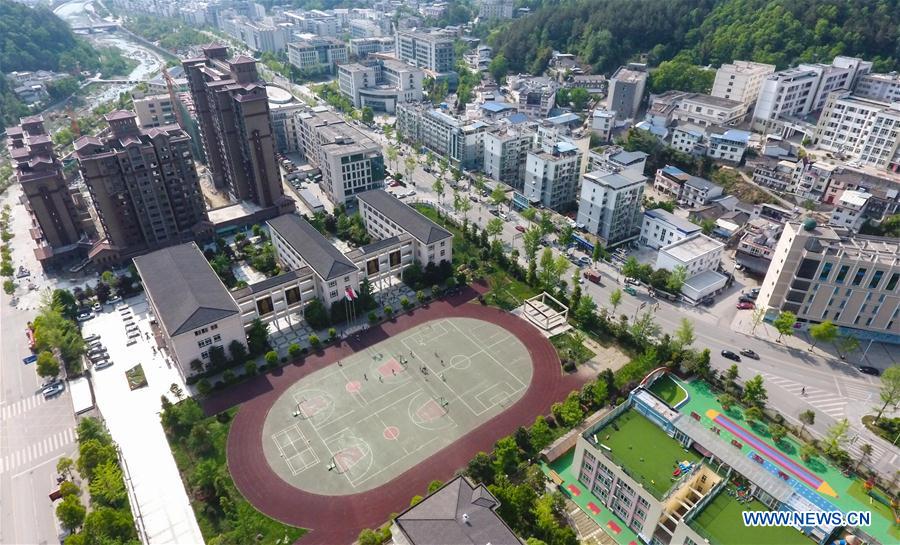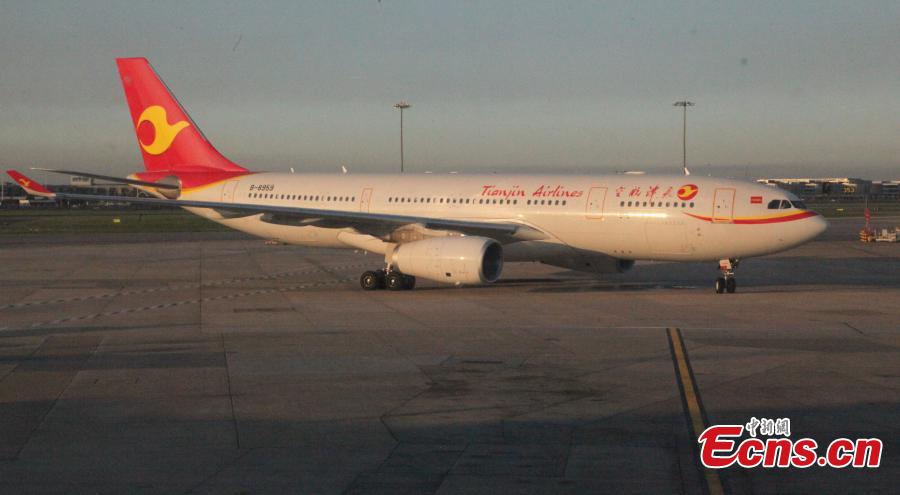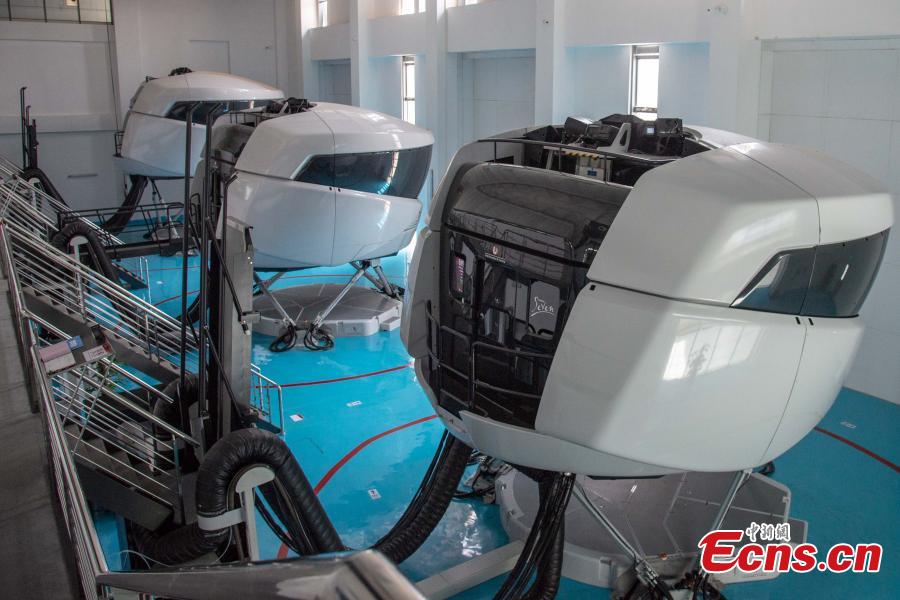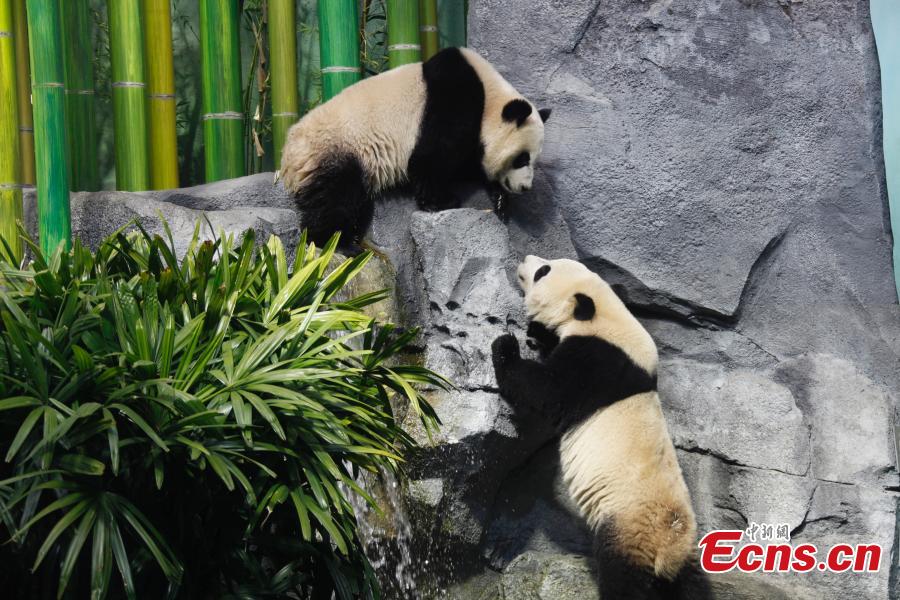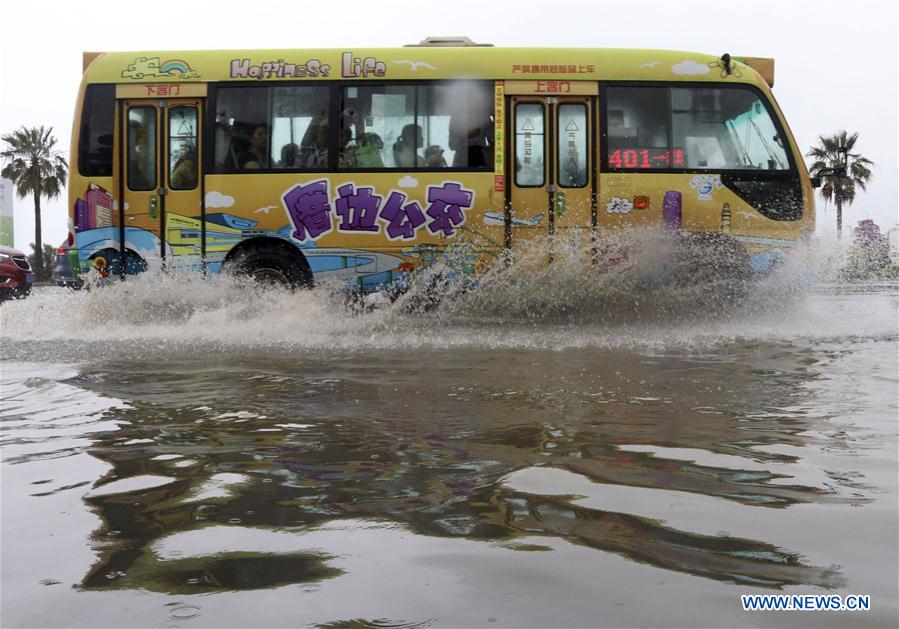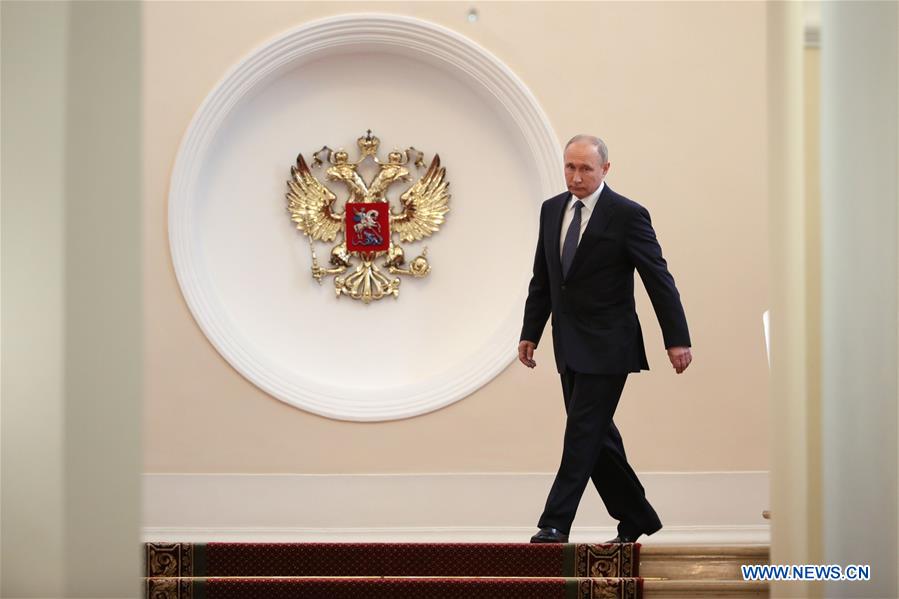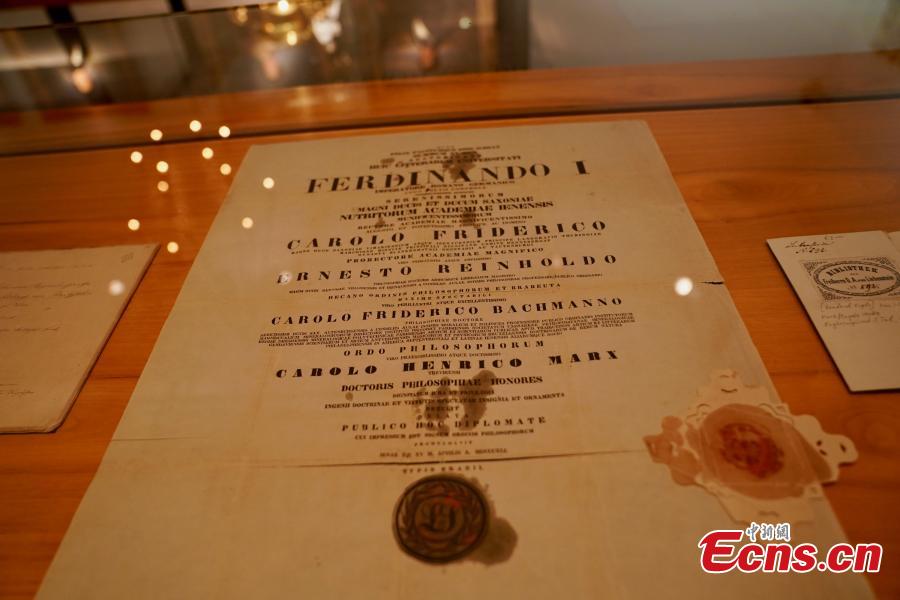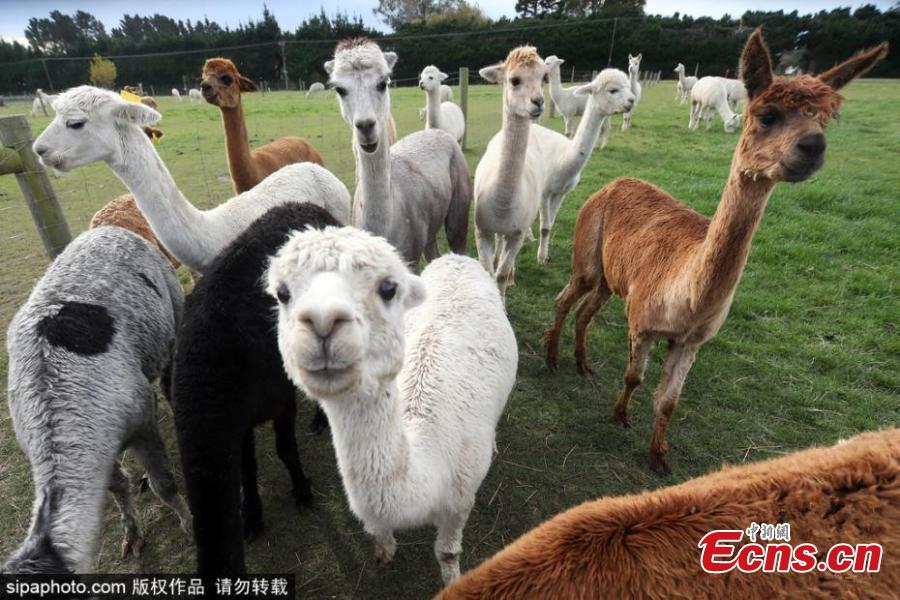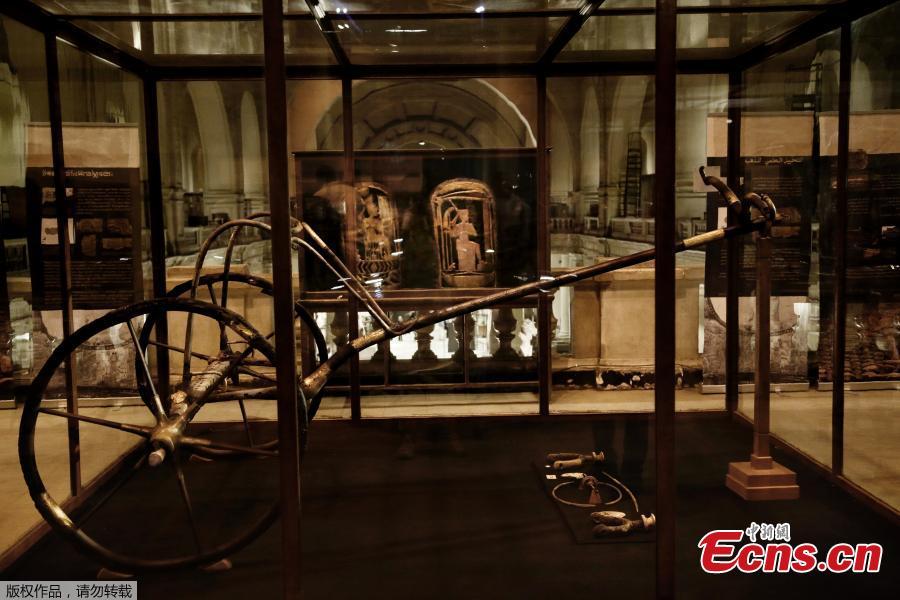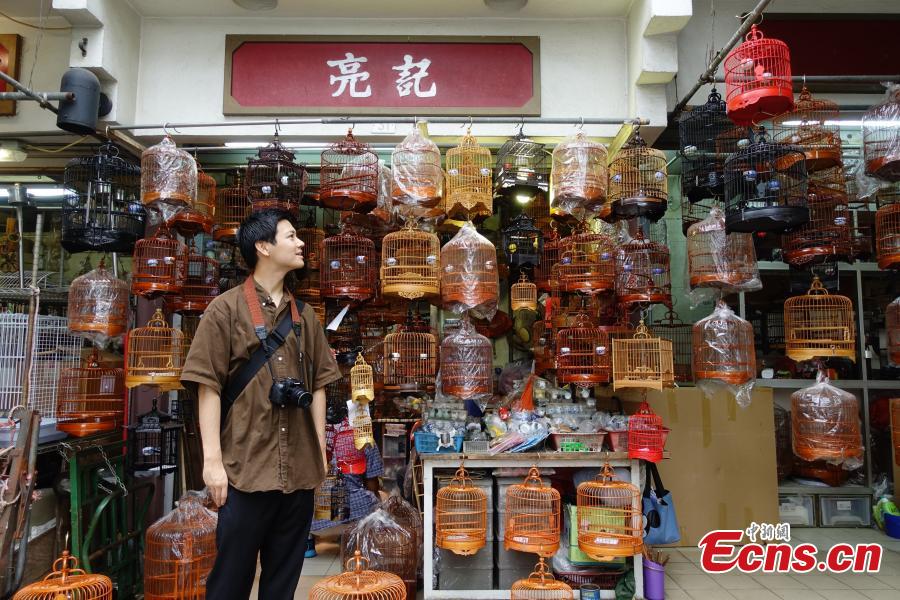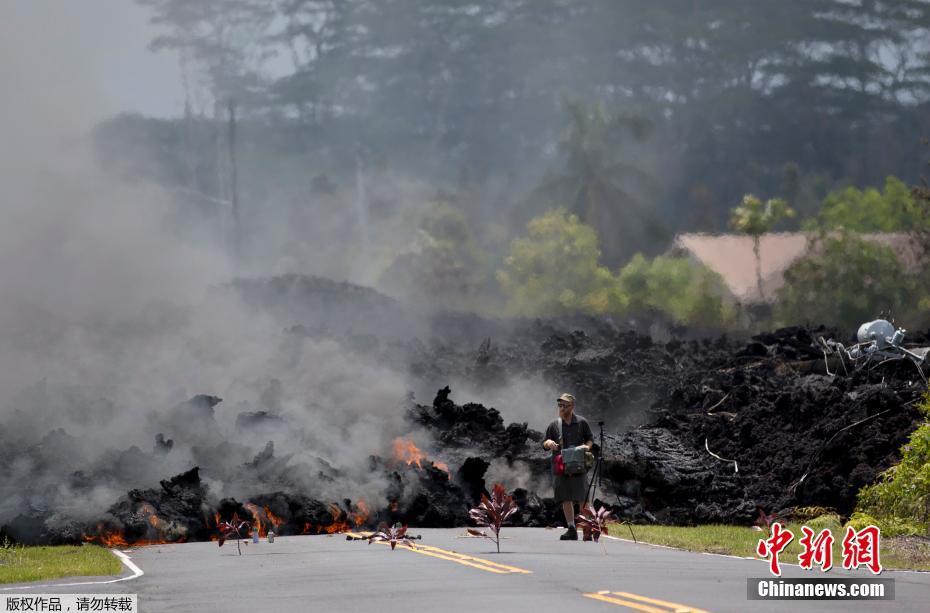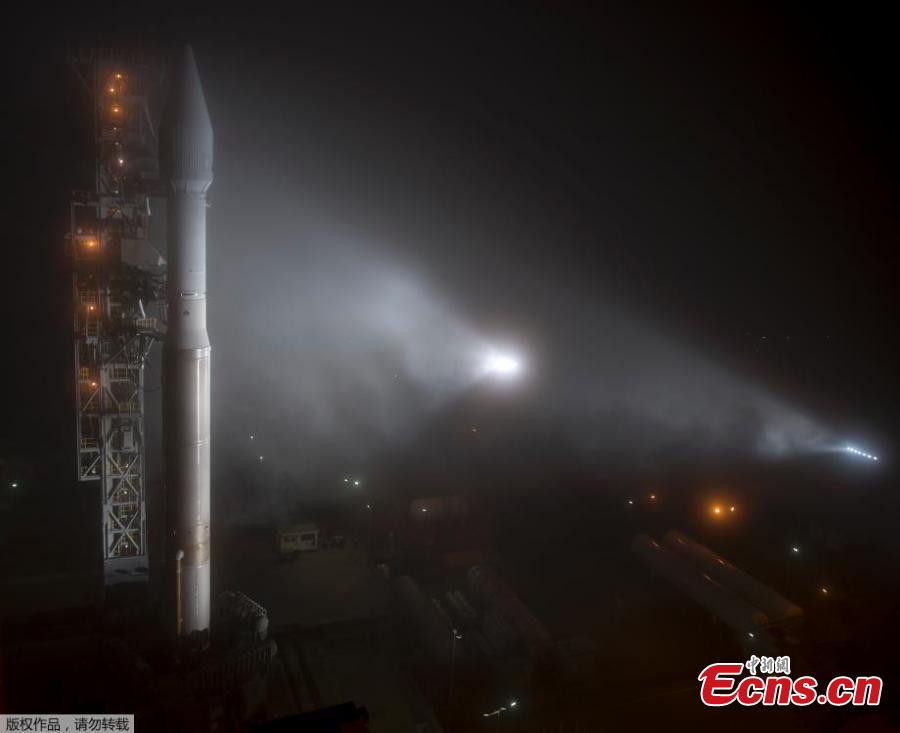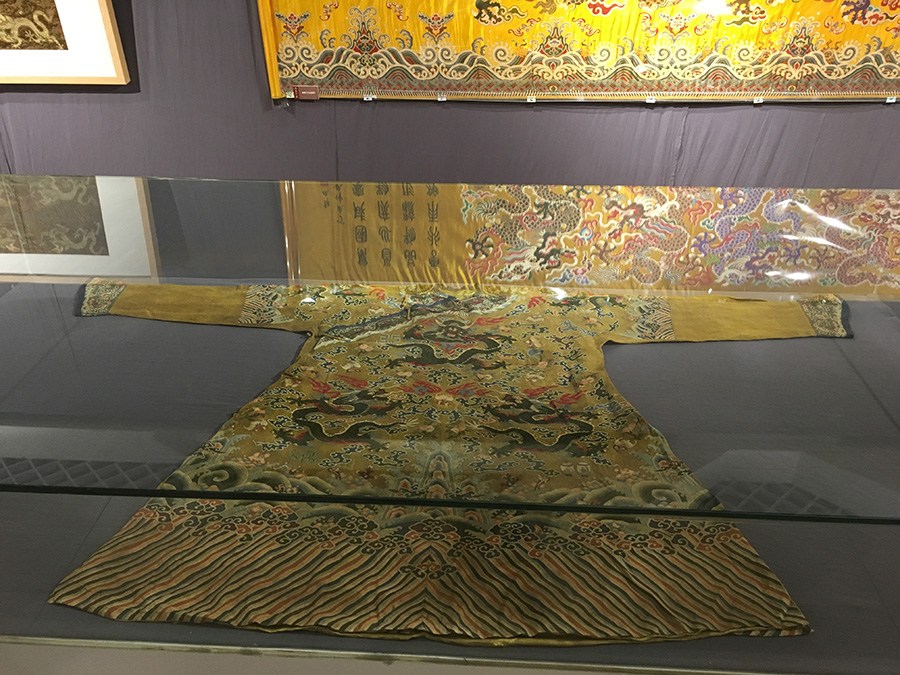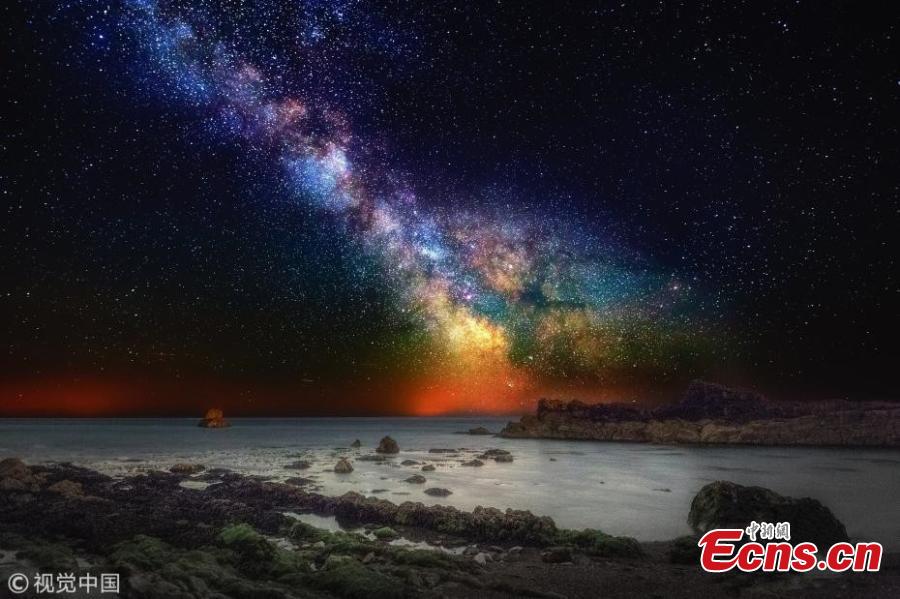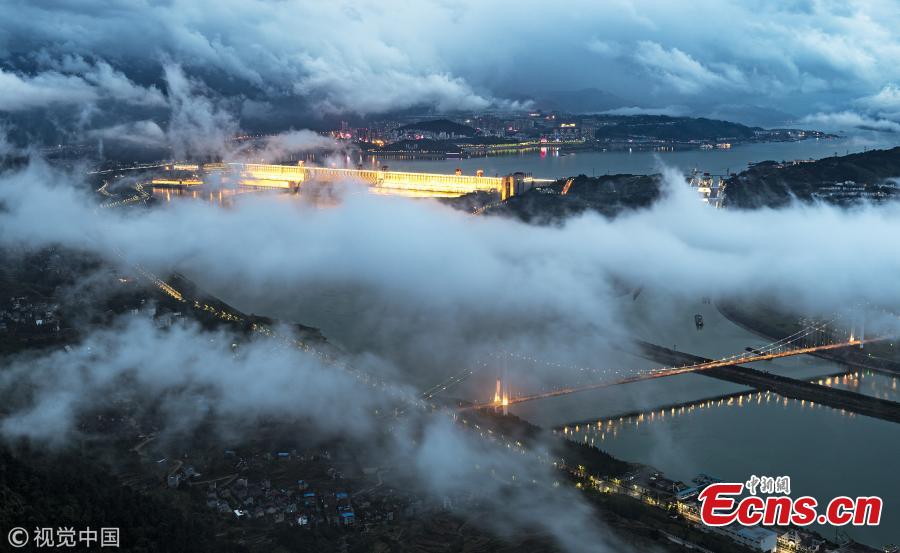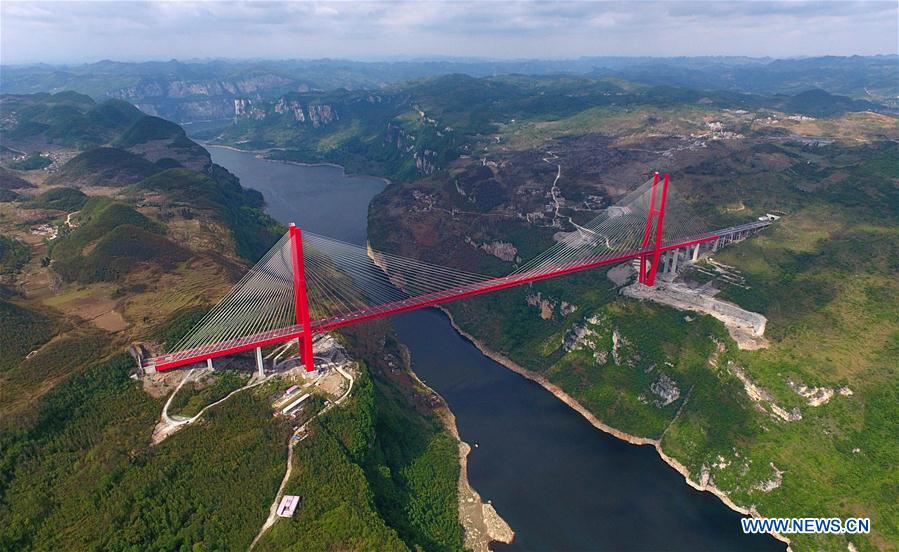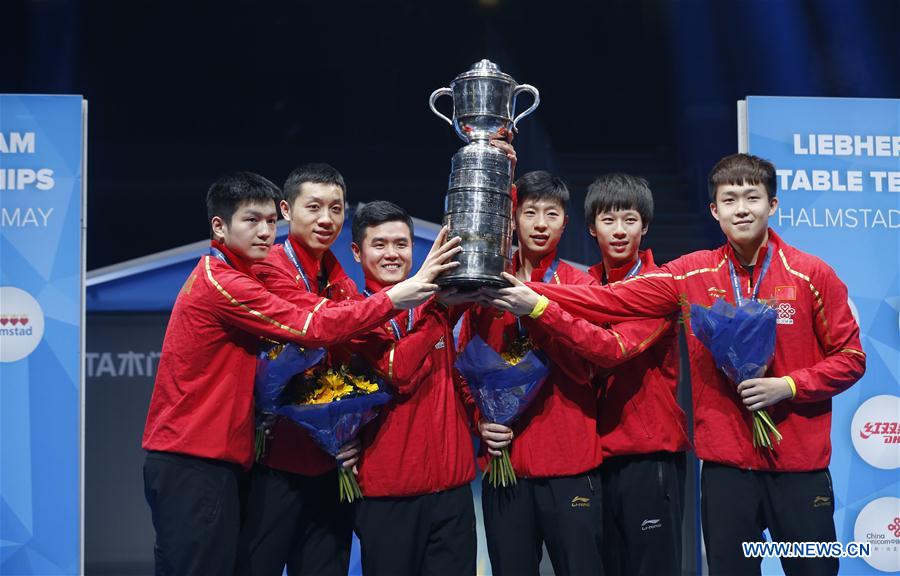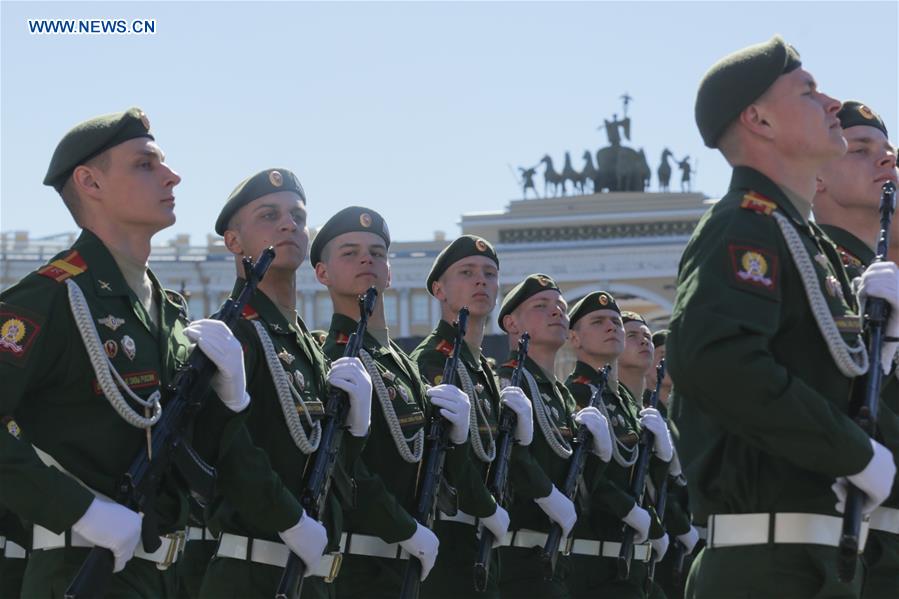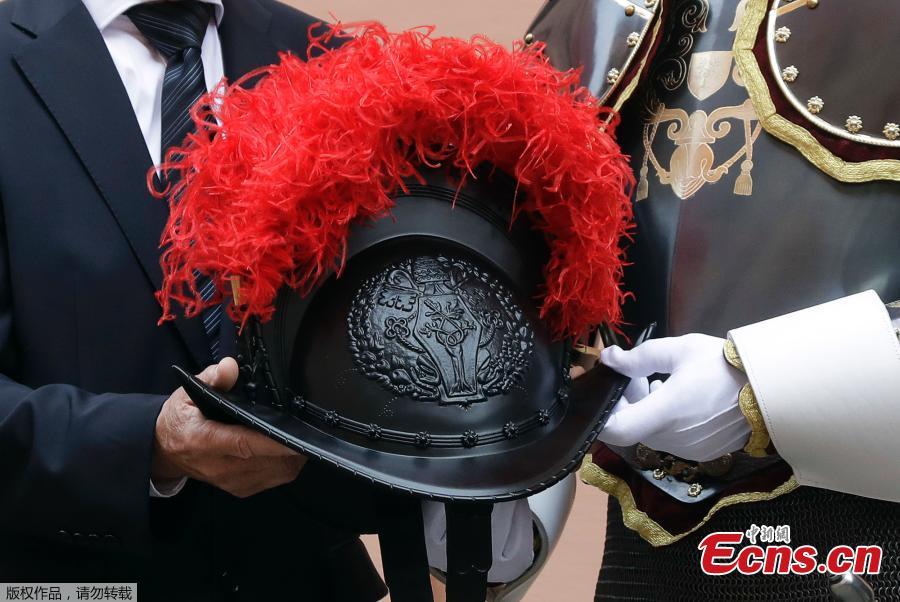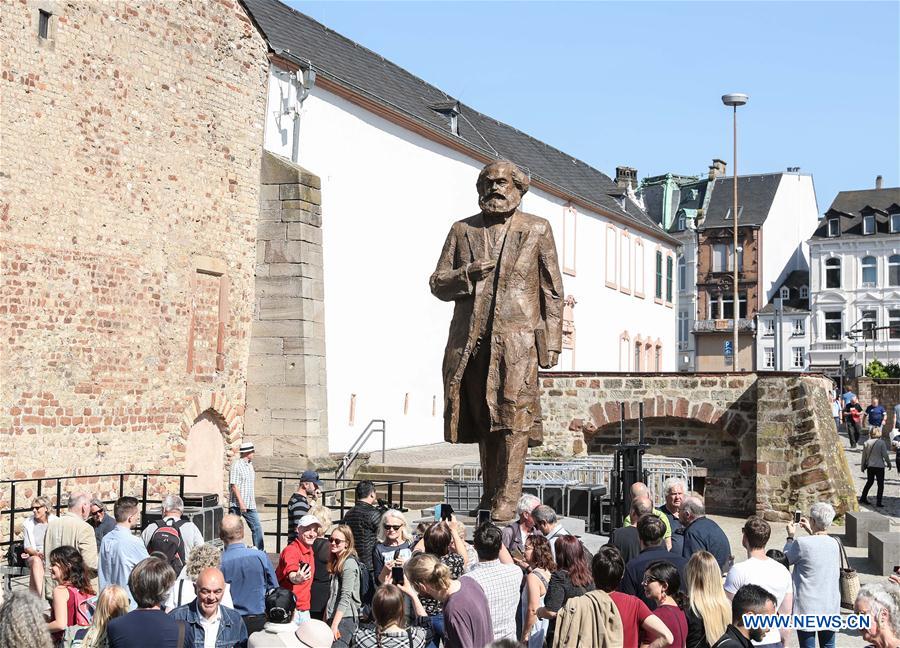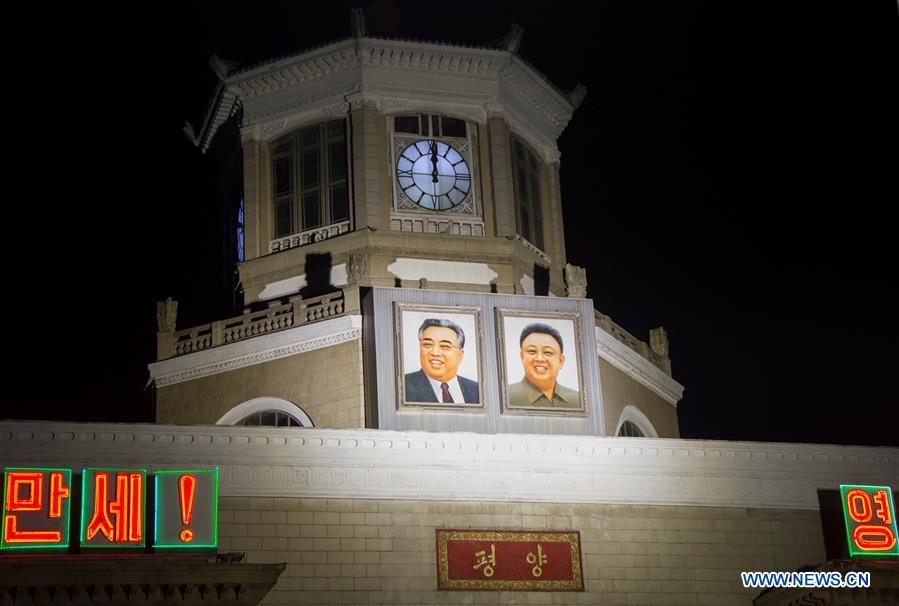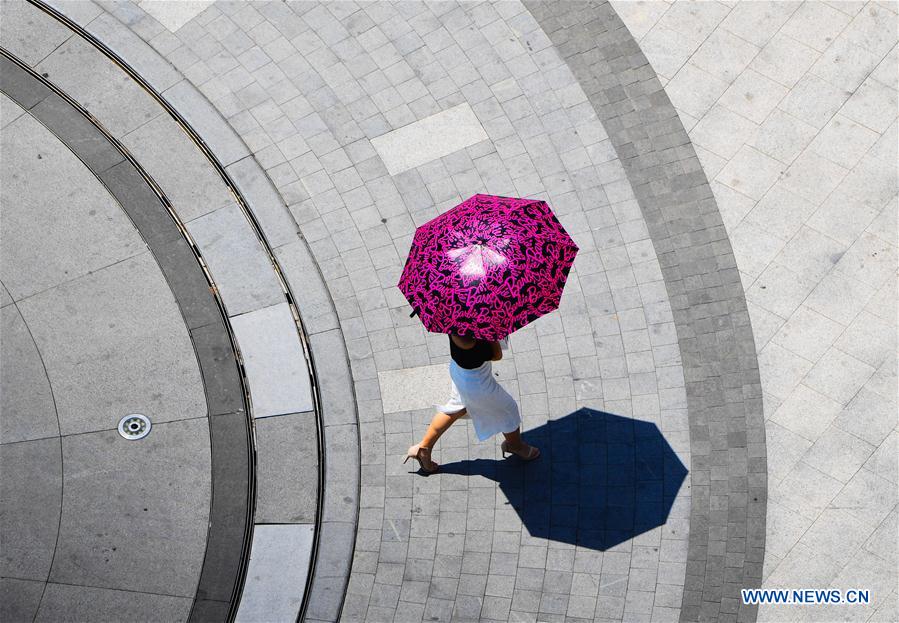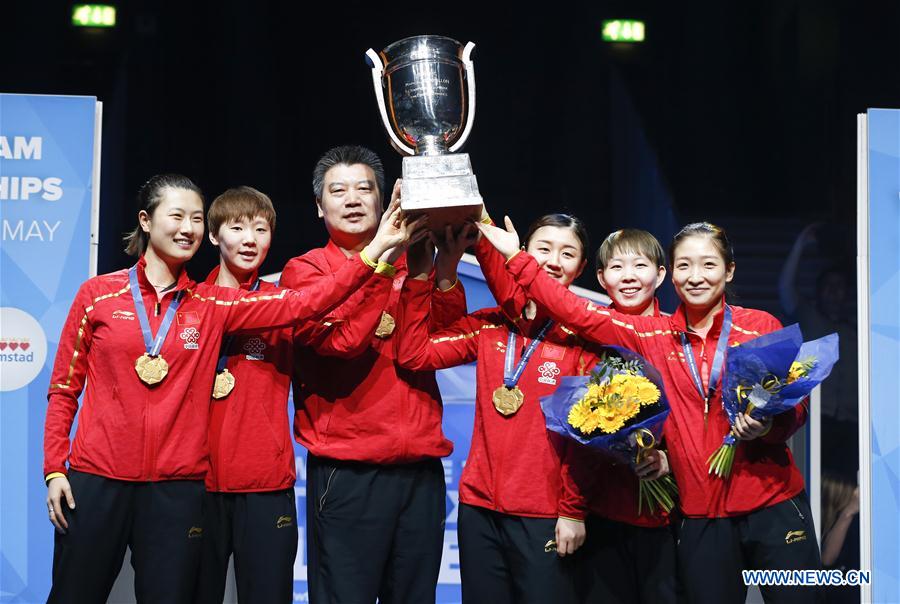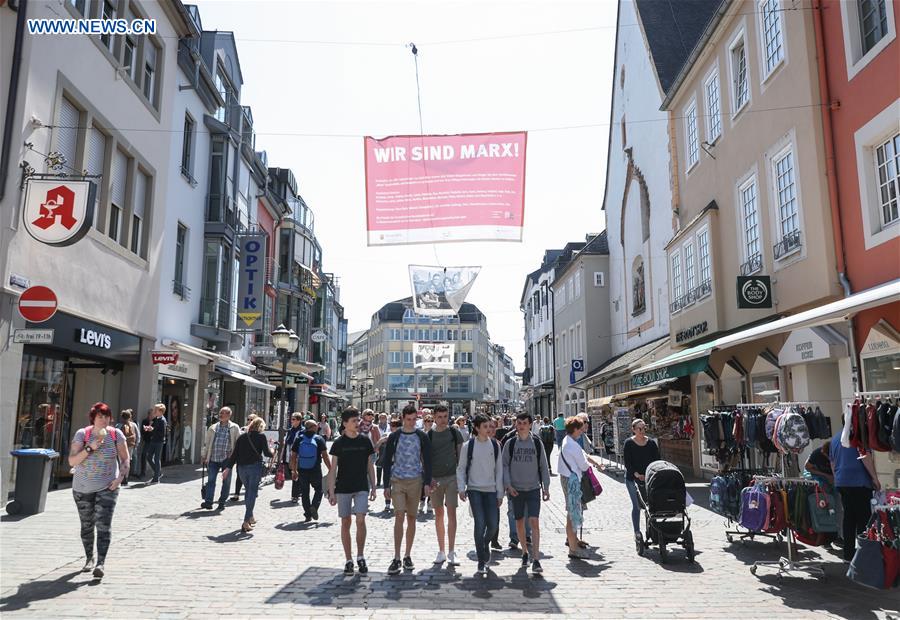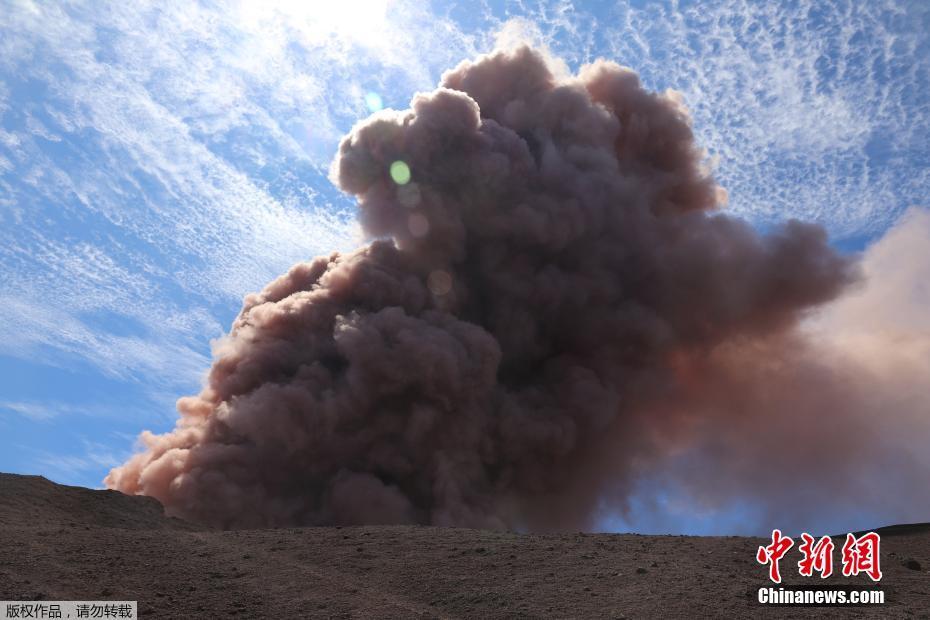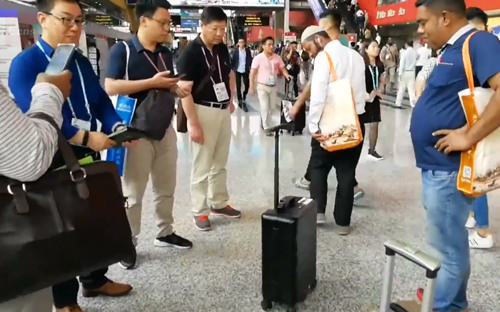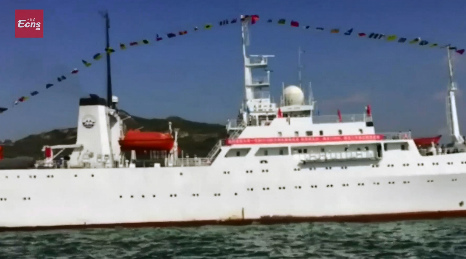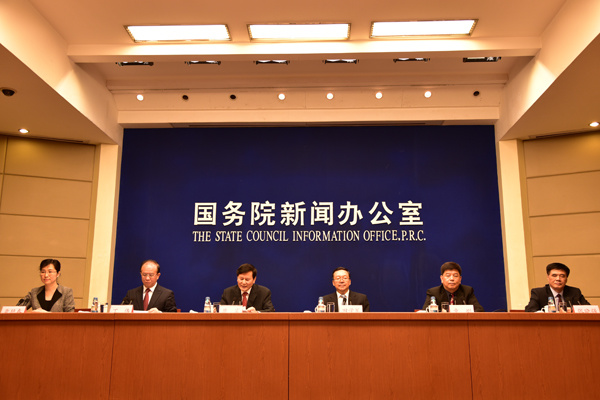
The Ministry of Culture press conference on the Belt and Road Forum for International Cooperation (BRF) on May 11 (Photo by Zhang Xingjian/chinadaily.com.cn)
Dynamic heritage cooperation, intensified cultural industry cooperation and booming cultural trade between China and countries along the Belt and Road were Vice Minister Ding Wei's key topics during a Ministry of Culture press conference on the Belt and Road Forum for International Cooperation (BRF) on May 11.[Special Coverage]
Ding Wei said that for centuries, China and countries along the Belt and Road have been trading goods and sharing the best of rich historical and cultural heritage, as cultural cooperation can deepen mutual understanding and friendship, and generate more opportunities to strengthen people-to-people bonds between Belt and Road countries.
Dynamic heritage cooperation
The governmental cooperation in cultural heritage has gained momentum in recent years. In January 2016, witnessed by Chinese President Xi Jinping and King Salman bin Abdulaziz Al Saudit of Saudi Arabia, the State Administration of Cultural Heritage of China and the Saudi Commission for Tourism and National Heritage signed the Memorandum of Understanding on the Furtherance of Cultural Heritage Exchange and Cooperation.
Also, progress has been made in networking with countries along the Belt and Road, such as Malaysia, Sri Lanka, India, Morocco and Saudi Arabia, to nominate the Maritime Silk Road to the UNESCO World Heritage List.
The Ministry of Culture also encouraged cultural institutions, museums and universities to provide programs on archaeology and heritage restoration in Laos, Myanmar, India, Bangladesh, Mongolia, Uzbekistan, Kazakhstan, Iran and Saudi Arabia.
Intensified cultural industry cooperation
Ding pointed out that the Ministry of Culture initiated three specialized plans to energize cultural industry cooperation through a development plan for “Silk Road Cultural Industry Belt”, a Belt and Road international cooperation program for animation and gaming industries, and a program to vitalize Belt and Road-related cultural industry and heritage sectors.
For instance, Kong Xiaozi and Hakim, an animated TV series co-produced by China and Saudi Arabia, which made its premiere on SBC1 (Saudi Broadcasting Corporation) on February 22, 2017, was the first ever animated show with Chinese input to be released in Saudi Arabia.
The show tells the stories of friendship between children form China and Saudi Arabia, featuring various Chinese cultural elements such as cuisine, clothing and kung fu. The copyright of this show has also been distributed to 22 other Arabic-speaking countries.
Booming cultural trade
Cultural trade is a vital part of China’s international cultural exchange and cooperation, as Chinese people boast an abundance of creativity and products with potential business value in international markets.
The Ministry of Culture will create more favorable conditions and expand international channels for cultural trade by building more bilateral and multilateral cultural trade mechanisms with other governments, and actively participate in making international cultural trade rules.
It will also continue to encourage the conclusive role of the three National Bases for International Cultural Trade in Beijing, Shanghai and Shenzhen in broadening cooperation platforms and channels between China and countries along the Belt and Road.
For example, the Shanghai Base presents cultural device road shows which tour around countries along the Belt and Road, and organizes a joint training program for “Belt and Road” creative talents in cartoon, animation and game industries.
Thirdly, flagship cultural events, major expos and fairs will offer opportunities for cultural trade between China and other countries, especially in coming years.










